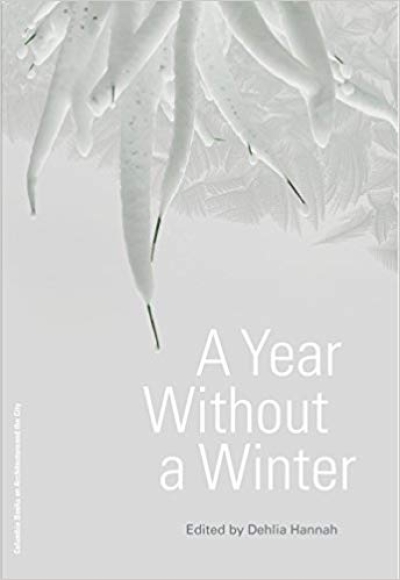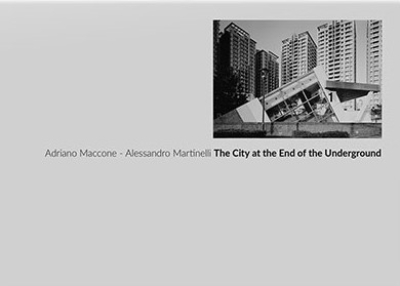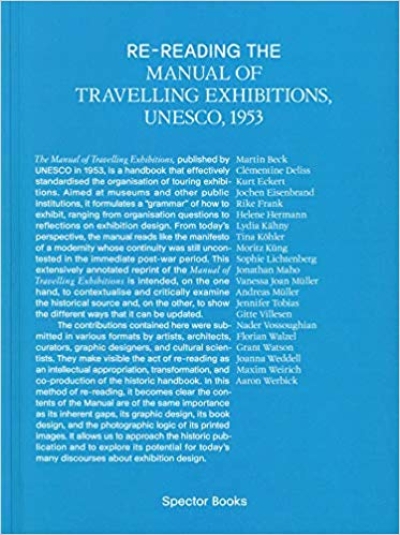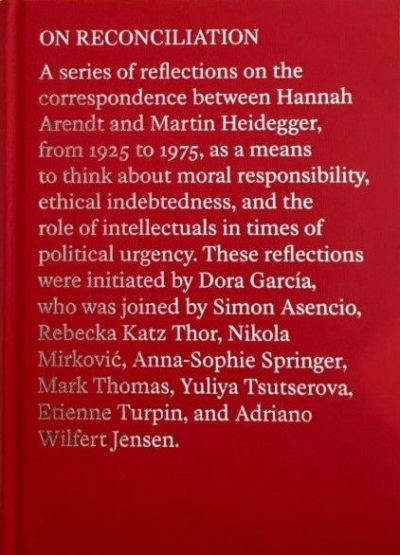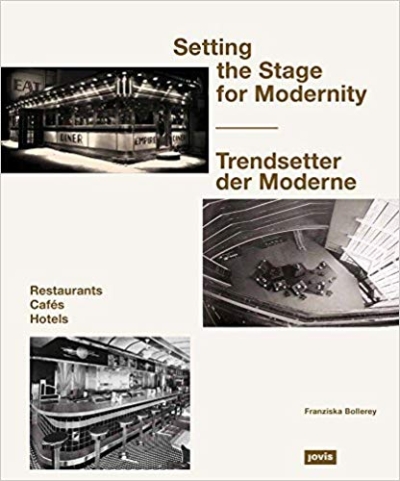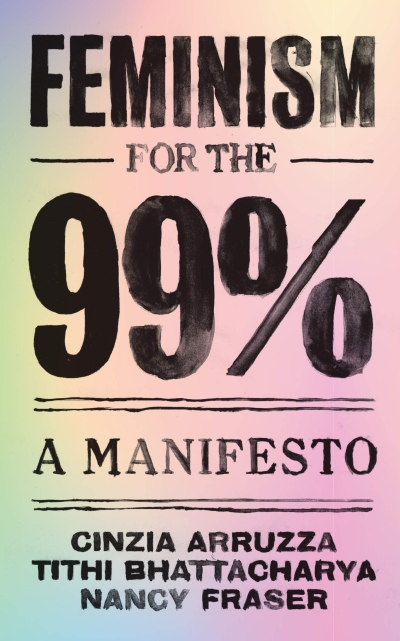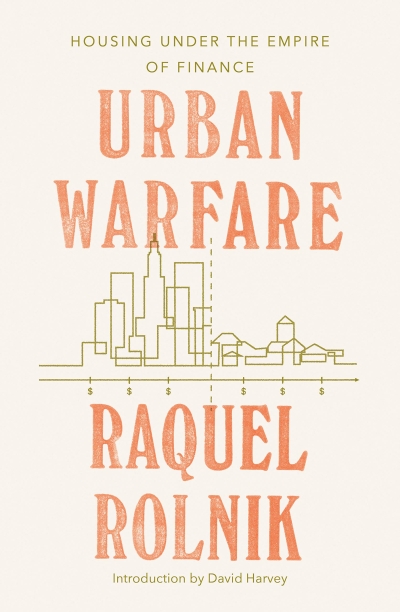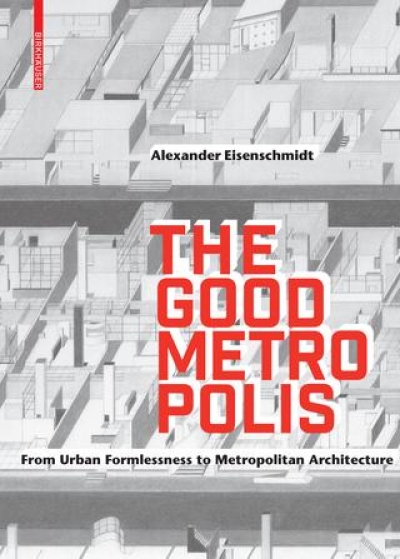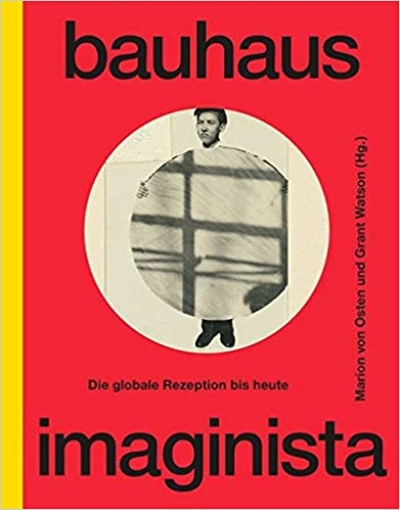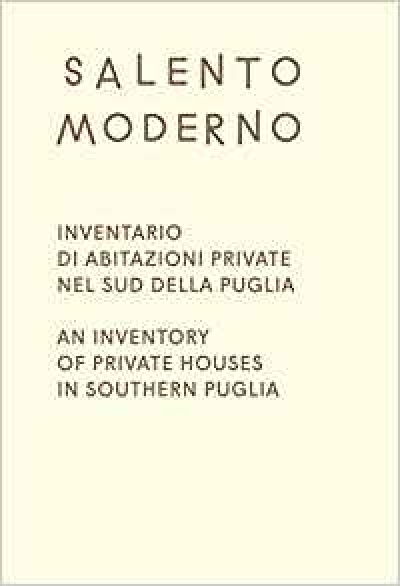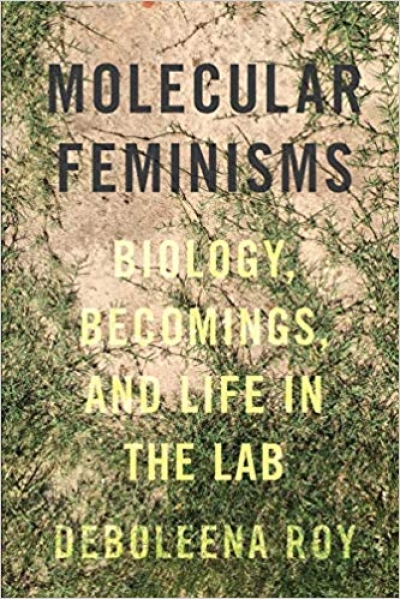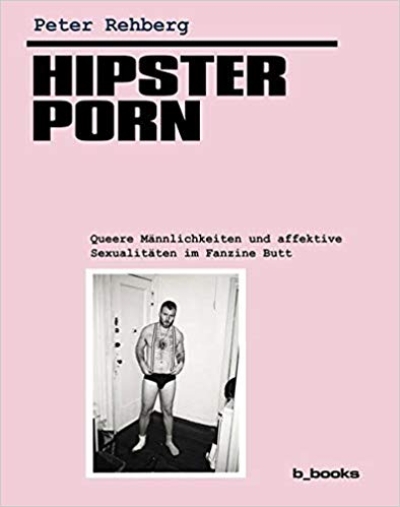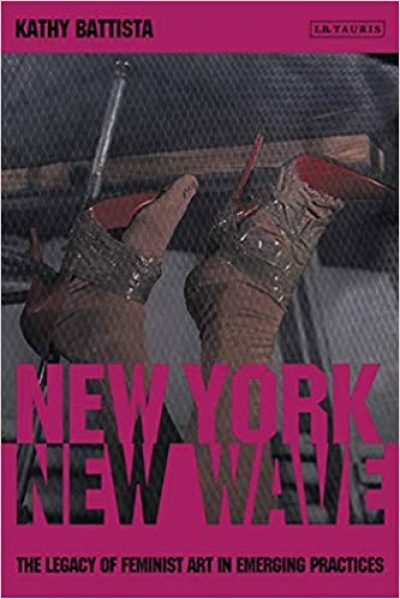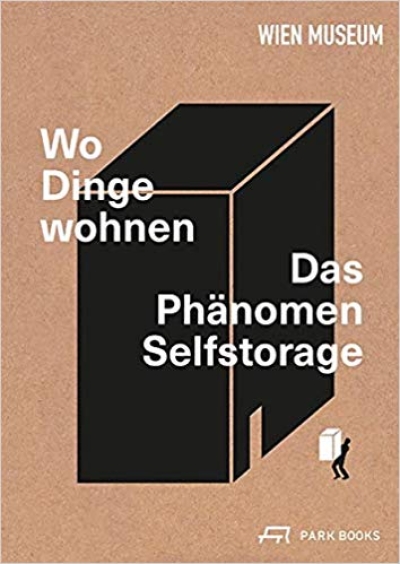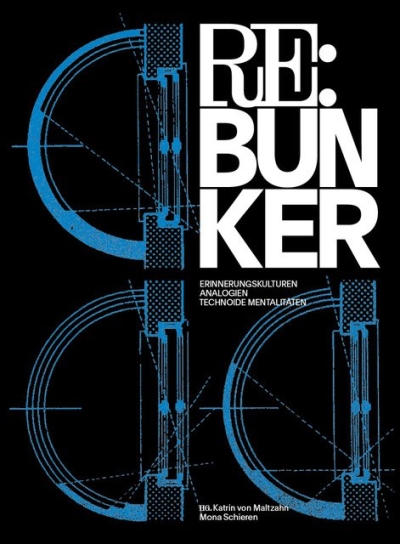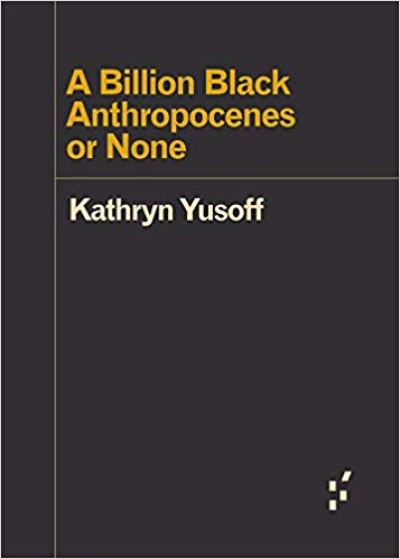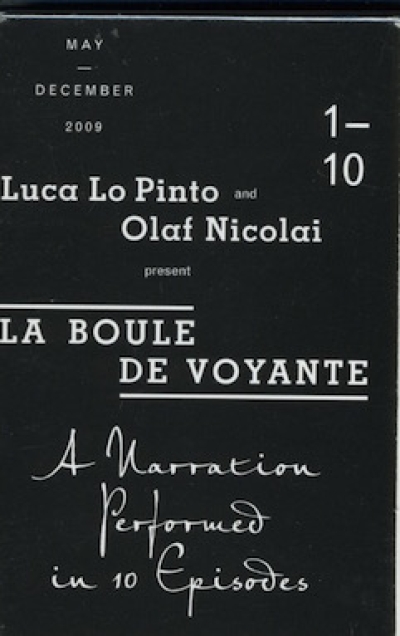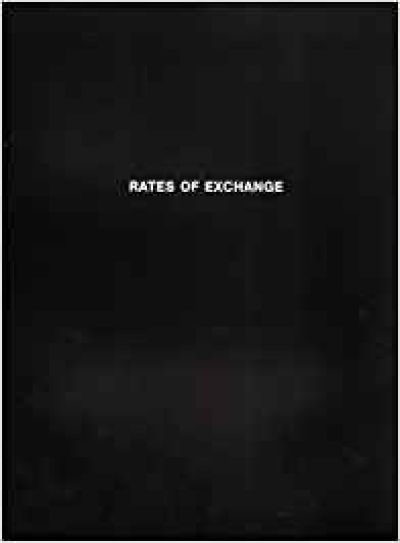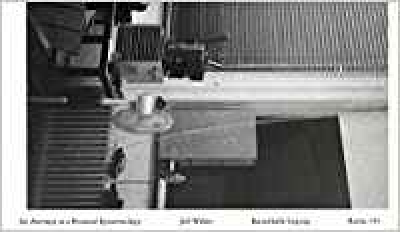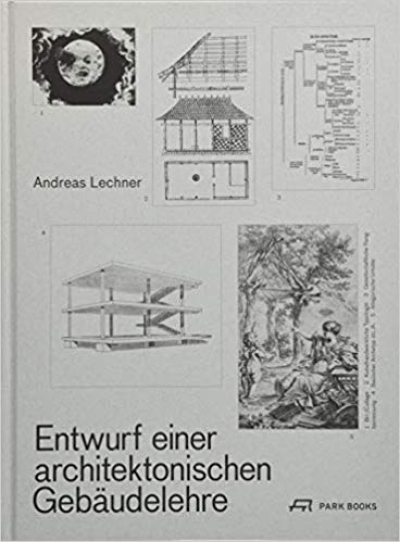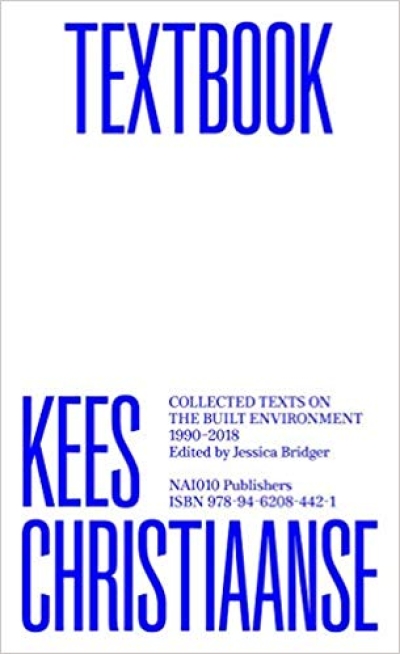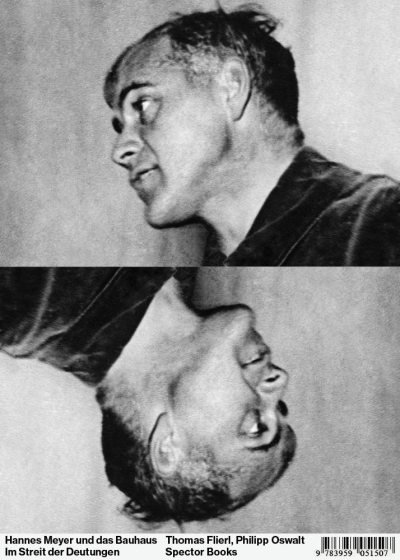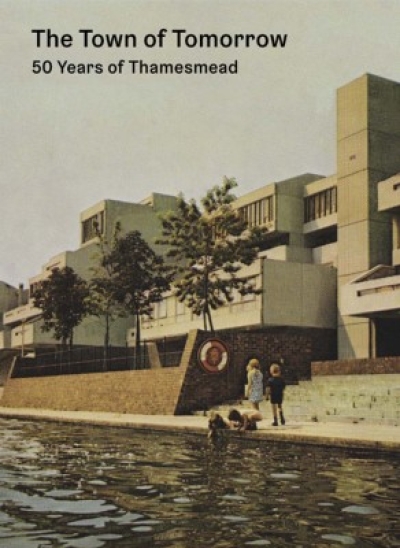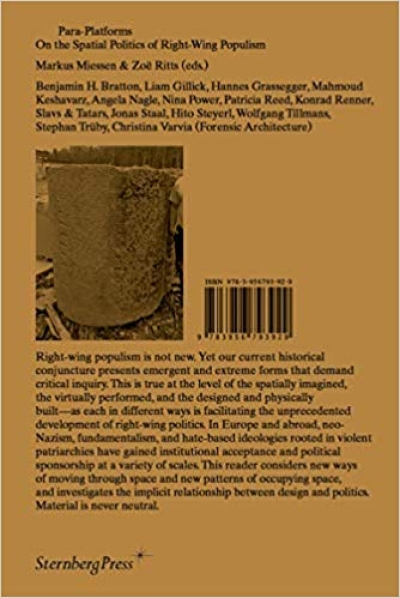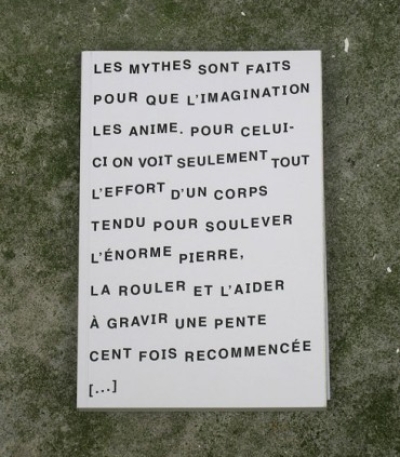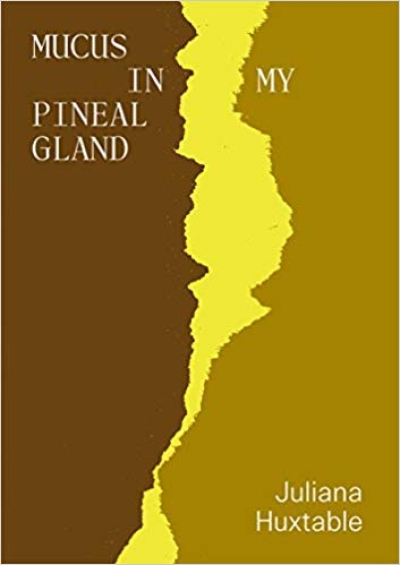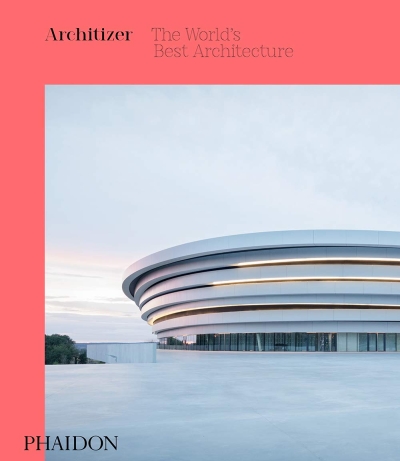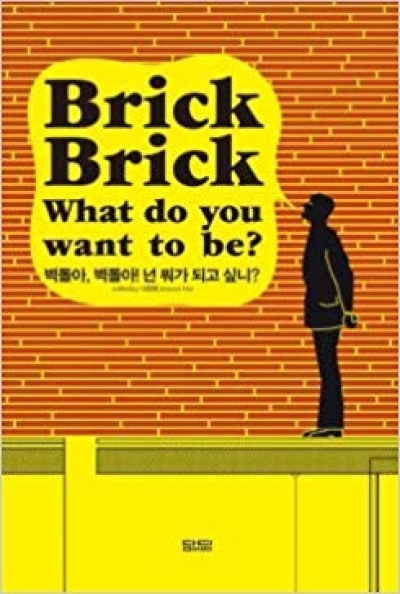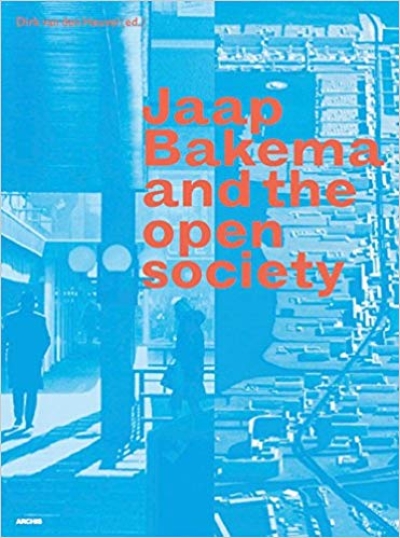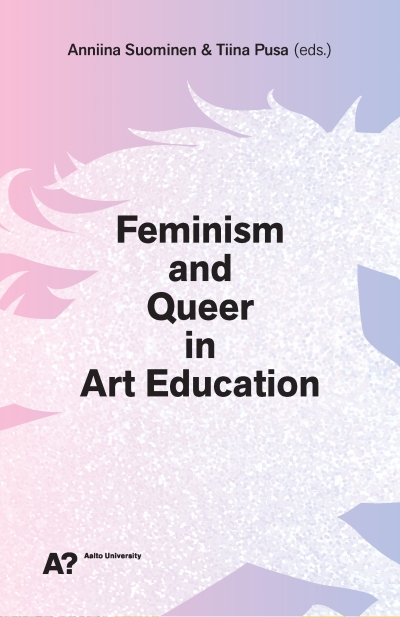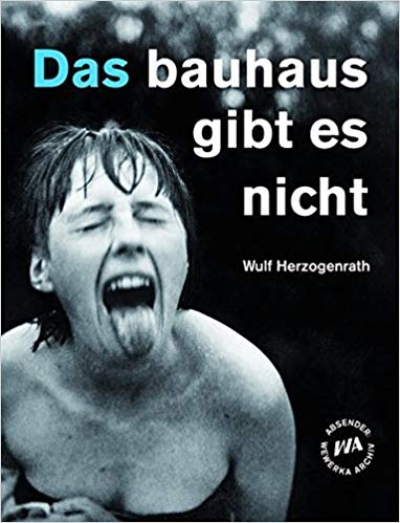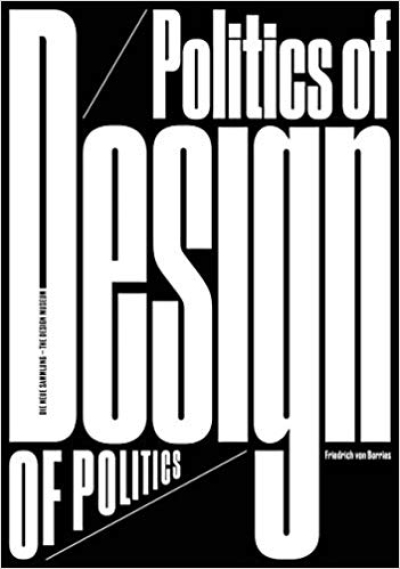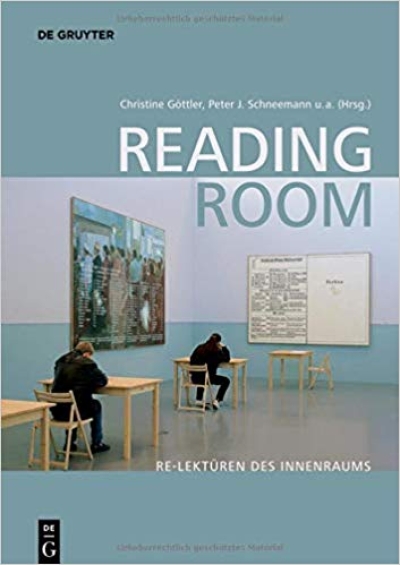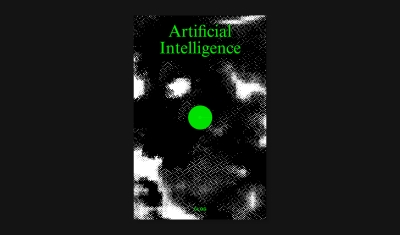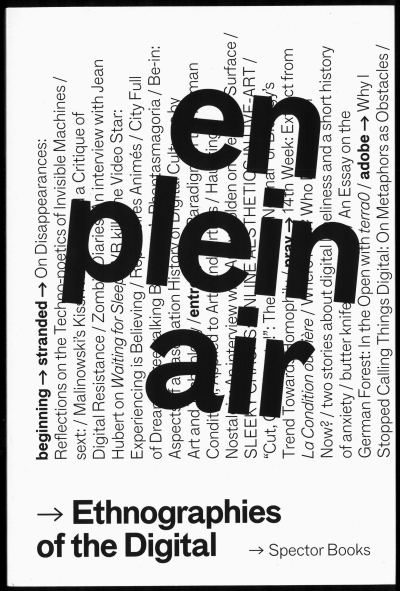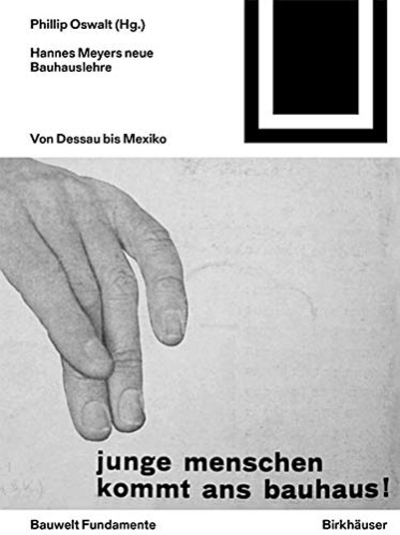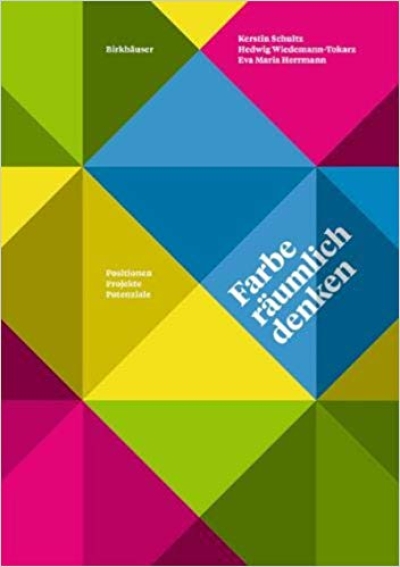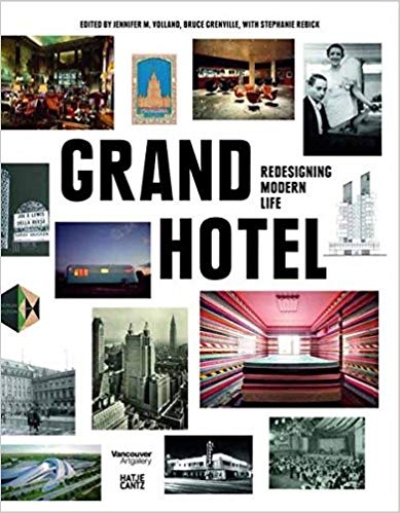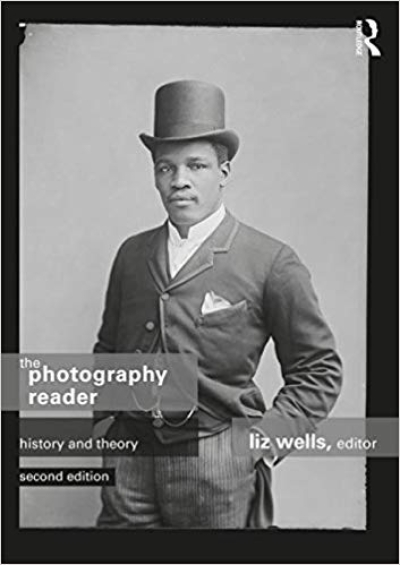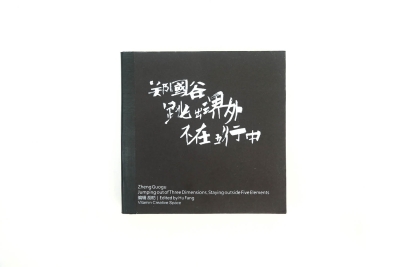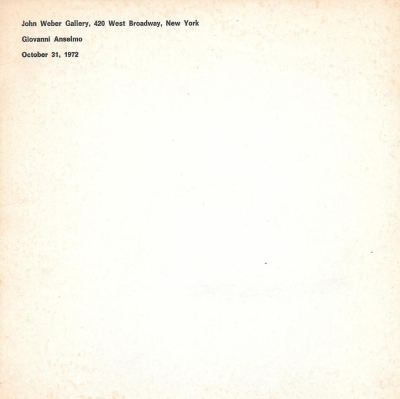
Isa Genzken. I Love New York, Crazy City
A student at the dynamic Düsseldorf Academy during the 1960s, Genzken has since consistently challenged Modernist imperatives in her explorations of the relationships between public and private space, artistic autonomy, and collective experience. The artist’s oeuvre, which can be subsumed under the term “sculptural,” is characterized by extreme contrasts between the individual stages of development. However, the characterization of Isa Genzken as a traditional sculptor, along with the usual remarks concerning the heterogeneity of her methods (photography, video, film, collages, and collage books), veils a stronger internal logic. While the work demonstrates a continuous examination of the classic themes of sculpture (the ordering of mass and volume, the relation between construction, surface design, and materials, the conception of and relation between objects, space, and the viewer), what the “traditional sculptor” label cannot quite capture is Genzken’s remarkable ruthlessness: the manner in which her work underlines the rejection of traditional understandings of sculpture and space while reflecting on and disclosing the specific circumstances of their production and reception.
As this printed project demonstrates, by publishing for the first time the three collage books she realized in 1995–1996 in New York, her work is concerned with what surrounds us and shapes our everyday existence, from design, advertising, and the media, to her most enduring subject, architecture and the urban environment. This publication demonstrates to what extent the artist is interested in the ways in which aesthetic styles embody and enforce political and social ideologies.
